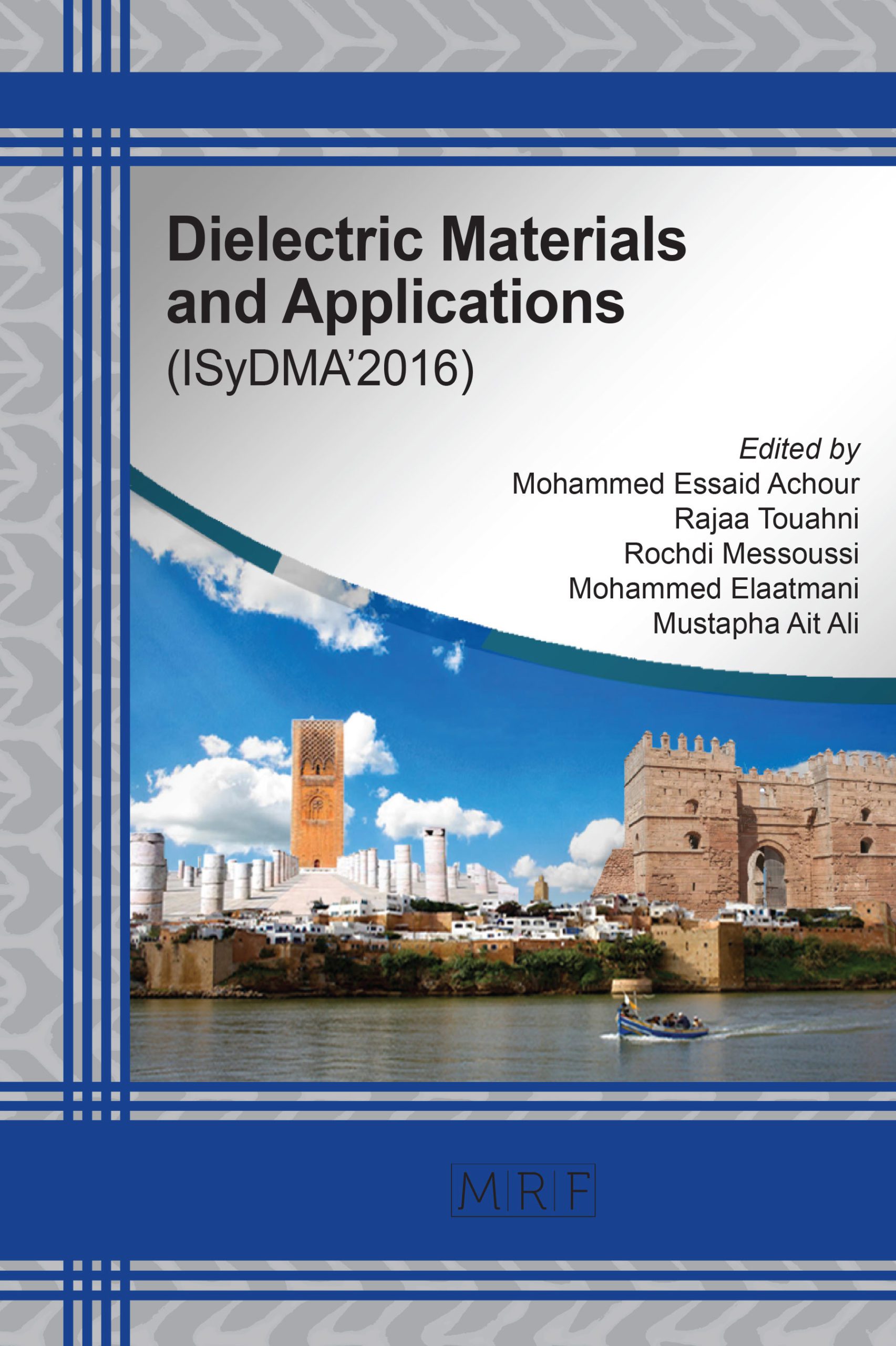M. BENLATTAR, M. MAZROUI, A. MOUHSEN, E.M. OUALIM
Abstract. Radiative cooling is the phenomenon responsible for dew formation on plants. Harvesting humidity from the air has two different pathways: fog and dew, but harvesting dew has not been sufficiently exploited. In this paper, we describe the resources for radiative cooling as well as lawsonite mineral for exploiting this natural phenomenon. Further, this paper describes the development of dew harvesting systems for use in the semi-arid mirleft south Morocco. Numerical simulations using the energy balance equation were performed. Harvesting dew can be used as a renewable complementary source of water both for drinking and agriculture in specific arid or semi- arid areas. In order to form global estimates of dew collection potential via a dew formation model, we combined meteorological parameters with radiative properties of a specific collector sheet (natural lawsonite, CaAl2Si2O7(OH)2•H2O deposited on glass) to enhance the dew yield. The daily yields show that significant amounts of dew water can be collected.
Keywords
Condensation, Radiative Cooling, Lawsonite, Harvesting Dew, Dew Yield
Published online 12/10/2016, 3 pages
Copyright © 2016 by the author(s)
Published under license by Materials Research Forum LLC., Millersville PA, USA
Citation: M. BENLATTAR, M. MAZROUI, A. MOUHSEN, E.M. OUALIM, ‘Lawsonite thin film as radiative cooling minerals for dew harvesting’, Materials Research Proceedings, Vol. 1, pp 253-255, 2016
DOI: http://dx.doi.org/10.21741/9781945291197-63
The article was published as article 63 of the book Dielectric Materials and Applications
References
[1] F. I. Zibold 1905 Significance of underground dew for water-supply in Feodosia-city Collect. Foresty Trans. 3 (1905) 387–41.
[2] M. A. Knapen Dispositif intérieur du puits aérien Knapen Extrait des mémoires de la société des ingénieurs civils de France (Bulletin de Janvier-Fevrier) (Paris: Imprimerie Chaix) 1929.
[3] L. Chaptal La captation de la vapeur d’eau atmosphérique, Ann. Agronomiques 2 (1932) 540–55.
[4] A. F. G. Jacobs, B.G. Heusinkveld, S. M., Berkowicz, Dew deposition and drying in a desert system: a simple simulation model. J. Arid Environ. 42 (1999) 211-222. http://dx.doi.org/10.1006/jare.1999.0523
[5] W. J. Liu, J. M. Zeng, Wang, H. M. Li, W. P. Duang, on the relationship between forests and occult precipitation (dew and fog precipitation). J. Nat. Resour. 16 (2001) 571- 75.
[6] X.Y. Li, Effect of gravel and sand mulches on dew deposition in the semiarid region of China. J. Hydrol. 260 (2002) 151-160. http://dx.doi.org/10.1016/S0022-1694(01)00605-9
[7] R. Marek, J. Straub, Analysis of the evaporation coefficient and the condensation coefficient of water. Int. J. Heat Mass Tran. 44 (2001) 39-53. http://dx.doi.org/10.1016/S0017-9310(00)00086-7
[8] V.S. Nikolayev, D. Beysense, A. Gioda, I. Milimouk, E. katiouchine, J.P. Morel, Water recovery fromdew, Journal of Hydrology, 182 (1996) 19-35. http://dx.doi.org/10.1016/0022-1694(95)02939-7
[9]O. CLUS «Condenseurs radiatifs de la vapeur d’eau atmosphérique (rosée) comme source alternative d’eau douce»; UNIVERSITE DE CORSE PASQUALE PAOLI FACULTE DES SCIENCES ET TECHNIQUES, Thèse de Doctorat Spécialité (Physique énergétique génie des procèdes,2007.































